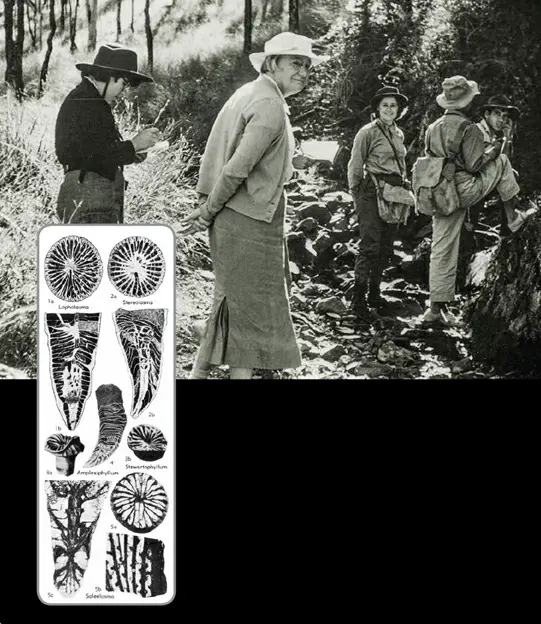Dorothy Hill, an Australian paleontologist, made significant contributions to our understanding of coral geology, particularly during a time when female scientists were rare. Corals, marine invertebrates known for their reef-building abilities, first appeared in the geologic record around 550 million years ago during the Cambrian Explosion. While tabulate and rugose coral species flourished in the Paleozoic era and became extinct at the Permian-Triassic boundary, stony corals survived and continue to thrive in shallow ocean waters today.
Hill’s groundbreaking work, which began with a crucial 1934 research paper at Cambridge University, delved into how coral polyps attach to rocks or previous coral generations to form complex structures. Her expertise in deducing the functions of corals’ soft tissues, which are not preserved in fossils, was instrumental in advancing our knowledge of coral crystallization. Hill’s research in Australia provided her with access to both extensive fossil records and living corals in the Great Barrier Reef.
Through her field campaigns, sample analyses, and research group leadership, Hill exemplified the essential skills of modern paleontology. Her academic journey was trailblazing; she became the first female professor at an Australian university in 1946 and the first female president of the Australian Academy of Science in 1970. Hill’s legacy extends through her numerous students and researchers, marking her as a vital figure in the study of coral geology and paleontology.

